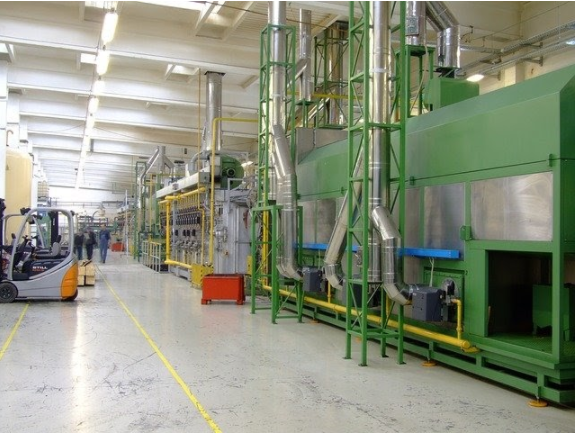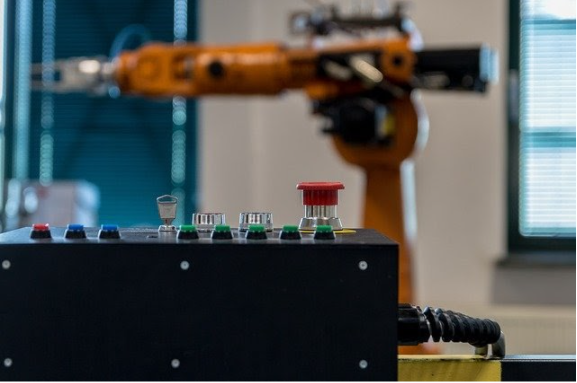As competition increases, businesses need to stay up to date with the latest processes that will enable them to sell more of their products. It is all good and well to have a sales team hitting all of their targets, but if your manufacturing facility cannot fulfill those orders, it will all be for nothing. Moreover, you could damage your reputation by affecting forecasted sales. So if your manufacturing company has hit a plateau, what can you do to increase production?
Review Your Current Workflow
For you to be able to increase your production, you must first understand what is going on. To accomplish this, you must examine your entire workflow, going through the most important things involved, such as:
– Employees: Do you have the right staff doing the right job? Do they understand what they are doing and also what the production targets of the company are?
– The Process: It is necessary to check how things are going with the management of every department. For example, you can check for any bottlenecks that are slowing down the process.
– Equipment: Is all of your machinery in good working order? Are you maintaining a regular maintenance schedule that avoids prolonged downtime? These are all questions you should check if you want to enhance production.
– Technology: Are you using outdated technology that is causing confusion? If you can update your technology stack, you will find that you can significantly increase your workflow.
Workspace Optimization
Your review should have captured any pain points that exist in your current workflow. However, you might find that instead of reinvesting in more machinery or staff, you could boost production by simply optimizing the working area. Some things to look out for include:
– Optimize task efficiency by reducing movement.
– Make sure the tools and materials are laid out optimally for your job.
– The workspace should be free of unused or unwanted tools.
– Organize your storage to save time searching for materials, documents, and equipment.
– Maximize efficiency by laying out the factory floor.
This will require you to talk to your floor staff and listen to their recommendations. This is vital because they are in the best position to suggest ideas on how to increase efficiency.
Technology
As already touched upon, technology is a vital aspect of any business’s ability to scale up efficiently. If you are looking to increase your output drastically, you should do an independent review of your systems and see any new products you could invest in to make it happen. You will need to think outside of the box when it comes to technology because options that exist can improve your existing process without much effort. For example, predictive maintenance ROI is a system whereby software and predictive algorithms will inform you of any issues with your machinery so you can fix it before it becomes an issue. The idea behind increased production will give you a more significant ROI than cutting costs will (i.e., removing older machinery from service to save money on maintenance).
Align Your Sales Staff With Production
It is an excellent position to be in; your sales team is smashing through targets and bringing in a surplus of customers. Except it’s great until it’s not great. Suppose your sales and marketing employees are out of sync with your production team. In that case, you will begin to find serious issues arising from being unable to fulfill orders and company morale. Everyone will be blaming one another, which can start a downward spiral that is very challenging to recover from.
Schedule routine maintenance
The best cure is prevention; this is true for your health and also for your machinery. From the lowest plant operator to the production department management team, ensuring all of your staff understand that this is a vital part of the work process. You must ensure that everyone understands that keeping equipment in good working order is expected, and there are consequences for any lapses. This may sound harsh, but your production equipment is what keeps your business going and your employees working. It is an unfortunate truth that even the most minor issue can throw a spanner in the works and set back production for an unacceptable amount of time. Some things to keep in mind include:
– All operators should be taught maintenance and troubleshooting procedures.
– Maintain your system at regular intervals using preventive maintenance.
– Utilize the information from floor and workflow processes to determine the best times for care.
– Employees should not ignore maintenance.
When considering the upgrade or expansion of your production capabilities, it is essential to consider all of the above factors. Using professional machinery installation services is also crucial to ensure that everything is set up correctly and safely. Expert installation not only minimizes downtime but also ensures your new equipment is set up for optimal performance from the get-go. This can significantly impact your production efficiency and overall workflow, underscoring the value of partnering with professionals for such critical tasks.
Training And Education Of Employees
All employees should be up to date with the principal operating procedures of the business. In addition, all new employees must be thoroughly trained on how to use the machinery correctly and should be able to troubleshoot more minor problems themselves. Nevertheless, they should understand when a problem could become severe and know when to contact a supervisor as needed. This all sounds simple and normal, but people begin to forget the basic things they are taught over time. It is therefore imperative that you keep a regular training schedule operating and rotate staff through the system. Additionally, it is vital to educate your employees about the general workings of your company so that everyone is on the same page. When everyone understands the pain points of each department, it becomes far easier to get everyone on board when you are scaling up production.
Stock At Optimum Levels
If you want to increase the amount of product you can produce, you will need to ensure an ample stock supply. This can be broken down into two parts:
1. Stock for production: This will include all of the raw materials needed to create the finished item. Depending on what you produce, this might require a lot of storage space, but the ROI coming from the finished product should outstrip the extra cost of storage.
2. Spare parts inventory: This is with regards to your machinery. You should have some of the more common parts onsite and ready if a machine breaks down. Instead of halting production, you can replace the part and get back as soon as possible.
Increasing your output doesn’t need to be an expensive task, but it does require a thorough overview of what is going on. If you make some simple changes to the layout of the factory floor to keep your staff trained, you will find that you can scale up much quicker and cheaper than you might have thought.

























